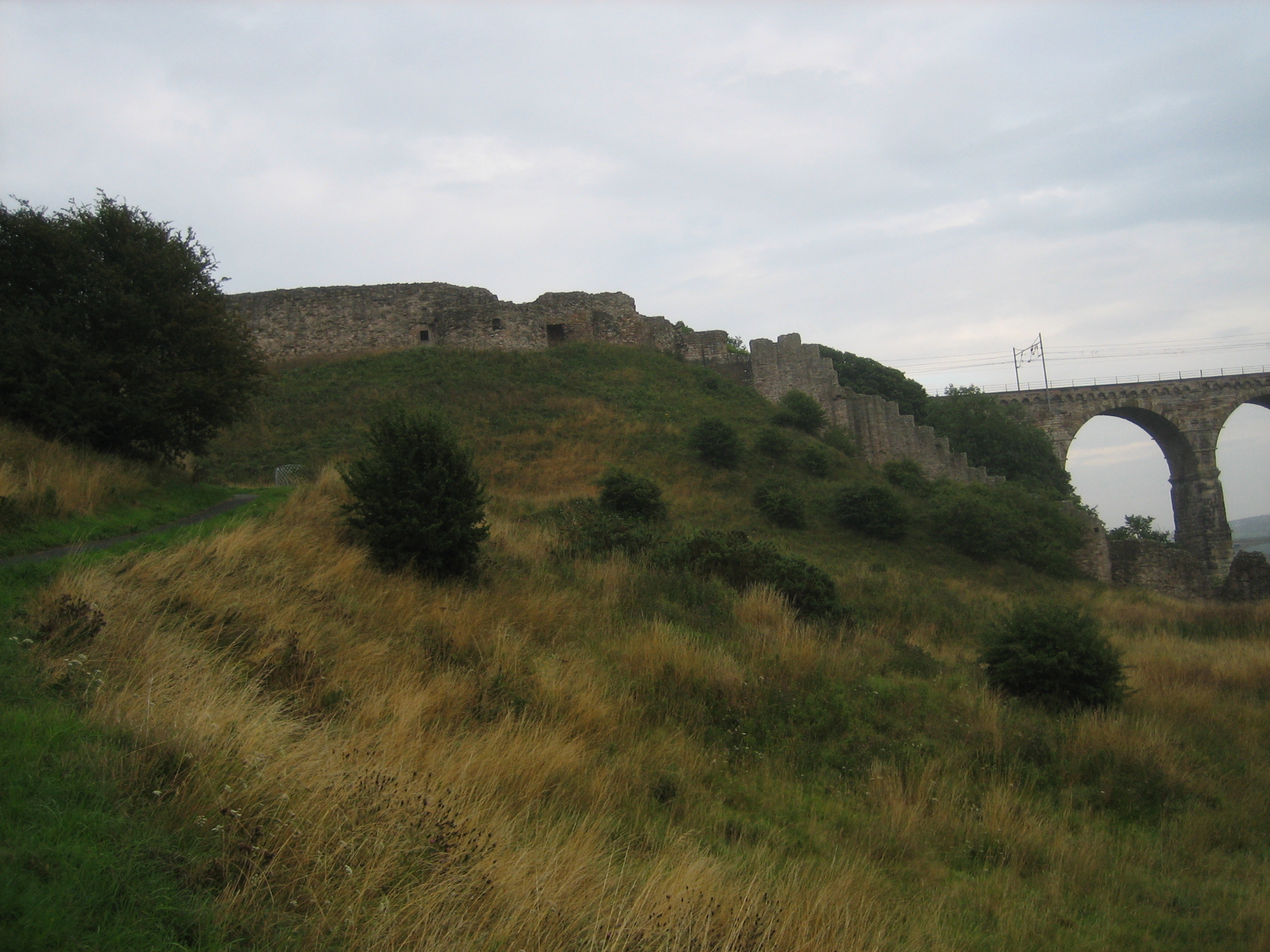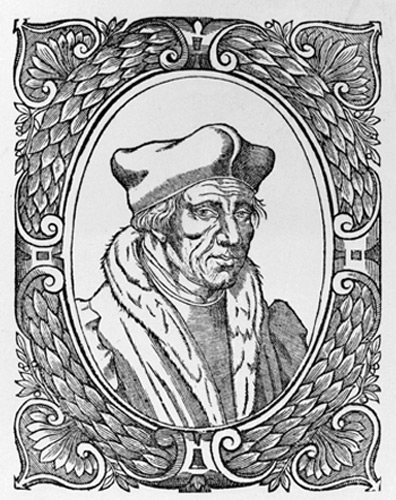This is a shorter blog post this week, but one that comes out of a conversation I had a couple of weeks ago, when Alec Ryrie pointed out that there have only ever been two bishops of Berwick.
I’ve continued to think about Bishop Cuthbert Tunstall and the people he knew, particularly the monks and then the canons of Durham Cathedral. One of the most intriguing but also most enigmatic is Thomas Sparke, Tunstall’s suffragan bishop of Berwick as well as a monk and then canon at Durham Cathedral. As suffragan, Sparke acted as a deputy to Tunstall and could do things like ordain new priests or carry out visitations on Tunstall’s behalf. It probably seemed like a good idea to have a bishop who was constantly in the diocese during Henry VIII’s reign, when Tunstall was often in London, trying to grapple with religious changes and take part in Parliamentary debates. Sparke was first appointed in the aftermath of the Pilgrimage of Grace in 1537, and although his role was suppressed briefly under Edward VI, he continued to be the suffragan at Durham until his death in 1572. In 2016, the role was revived for Bishop Mark Tanner, and there is now a second suffragan bishop of Berwick, this time in the diocese of Newcastle, which didn’t exist in Tunstall’s day. What then do we know about Sparke, for 444 years the one and only bishop of Berwick?

Sparke, like most of the senior monks at Durham, had studied at Durham College in Oxford in the 1520s and 1530s before taking leadership roles within the priory. He was prior of Holy Island for a time, before settling back into Durham, and becoming master of Greatham Hospital after the dissolution of the priory. Despite the fact that he had a doctorate in theology, in 1552 the duke of Northumberland wrote that he was neither ‘neither preacher, learned, nor honest, so pernicious that the country abhors him’. It may be a projection of Northumberland’s own prejudices onto Sparke rather than a true reflection of Sparke’s role in the diocese. Northumberland was evangelical and had high hopes for a more radical Protestantism in England, and clearly hoped that Durham was more reformed than Sparke. This was at the same time that Northumberland was trying to dissolve Durham diocese in order to claw back palatinate revenues for the king, so he was not inclined to be charitable to the diocese’s priests for other reasons! This impression is backed up by the only book of Sparke’s that we still have- a rather nice Psalter which is now in York Minster Library that he finally gave to fellow-canon John Tutyng in 1566.

It’s one of the 1508 printing of the Quintuplex Psalter from Venice, and the most interesting thing about it is that the editor, Jacques Lefèvre d’Étaples, gives five versions of the psalms, with extensive footnotes. All of the versions are in Latin, but they are all slightly different and from different textual traditions. The point of having them all together is so that scholars could try to work out what the best and most accurate Latin version should be. Sadly, Sparke doesn’t seem to have annotated it himself. Almost all the annotations seem to be by Thomas Swalwell, but still it’s an interesting book for Sparke to own. It shows him as interested enough in the humanist projects of textual criticism and Biblical accuracy to own and probably use this psalter. Like Tunstall and many of Tunstall’s chaplains, Sparke’s book hints at a much richer intellectual life than we might guess from Northumberland’s grumpy comments about his learning in 1552. It also hints at the wider possibilities for reform, not Reformation, within the Catholic Church in the middle of the sixteenth century.
